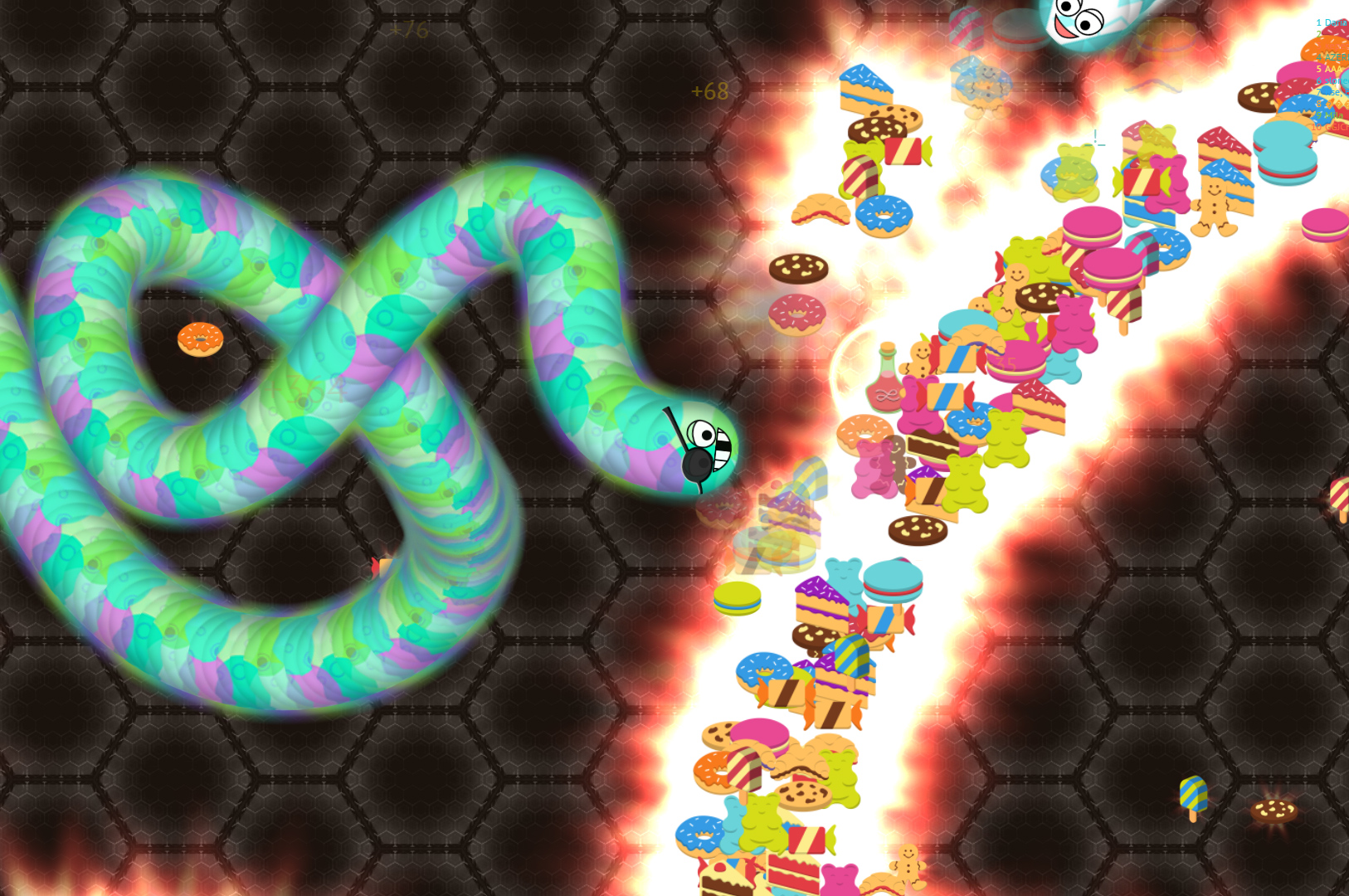

#Snake force game code#
Snake games are relatively easily to program – in fact, a basic version of Snake requires less than 100 lines of code in HTML, and here’s a snake game written in 35 lines of Python code. Snake games are incredibly easy to create This was best witnessed on popular Flash-portal websites like Newgrounds and Ebaumsworld. Nokia released several sequels of Snake for their various cellphone models over the years, but when the internet ( and browser gaming) really picked up in popularity, a whole new world of snake games were introduced by indie game developers. And of course, remember that Nokia’s Snake was before public leaderboards and online rankings. A seemingly simple, casual game with pickup-and-play qualities becomes increasingly difficult, and the player’s objective isn’t simply to “win” the game, but to beat their last score. What makes the snake game genre so addictive is perhaps the very simple concept that game developers follow even today. What makes the snake game genre addictive? As Nokia was the largest cellphone brand in the 90s, with the Nokia 3310 selling 126 million units in the year 2000, the Snake game became synonymous with Nokia phones, even though Nokia included other games on their phones like Tetris and Space Impact. In 1997, Nokia developed Snake and included it on their Nokia 6110 phones. Numerous titles similar to Blockade were released, including Atari’s Surround, and Worm for the TRS-80 home computer, as well as arcade-game variants of Blockade such as Nibbler and Snake Byte. The objective was to block the other player’s path, forcing them to crash into you. This game was intended for two players, as both players would control their own snakes. The snake game genre has its roots in a 1976 arcade game, called Blockade.

The snake video game genre has so many things going in its favour, it’s no surprise that snake games remain incredibly popular.


 0 kommentar(er)
0 kommentar(er)
